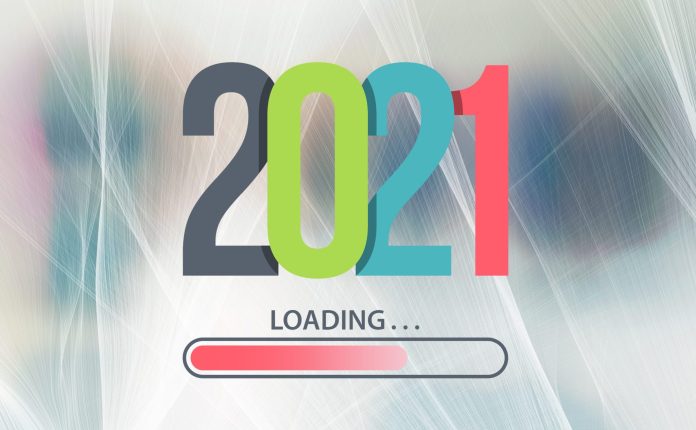2020 was a disruptive and also exceptional year for connectivity, as the world grappled with remote working, social distancing and lockdown mandates. While the pandemic brought many challenges, it emphasized the need for certain technologies, including cellular IoT. Fast, reliable and secure connectivity was the focus for many enterprises, and cellular IoT became the solution for them to meet the demands of the ‘new normal’.
2021 will see a major leap forward for IoT as industries continue to see its critical value, particularly to foster a truly connected ecosystem. With 5G now a reality, almost every sector is exploring the benefits of cellular connectivity. Promises of more efficient business models and streamlined operations have pushed enterprises to upgrade current processes and seek out new innovations.
There were over 1.7 billion cellular IoT connections in 2020, and the number will increase substantially, to around five billion, in the next few years. While many industries are already experiencing the benefits of cellular IoT, 2021 will be an impactful year for the following industries, in particular: healthcare, manufacturing and public safety. Let us consider these, in turn.
Healthcare
The healthcare sector has been seen as a slow adopter of new technologies, but the pandemic has changed that as hospitals have quickly embraced the capabilities of connectivity to deliver more responsive, targeted and seamless care. This year, more devices will be switched on within hospitals in an effort to remain connected with patients, enable remote monitoring through telehealth services and reduce the need for onsite doctor visits.
Cellular IoT opens up new gateways to practice and apply medicine, bringing doctors robot-led surgeries or even augmented and virtual reality (AR and VR) training simulations. Given the influx of patients into hospitals, healthcare providers can also leverage cellular IoT from city-wide sensors to track and pull insights on things like air pollution, pollen count and changes in the general environment to alert patients when surges occur.
Manufacturing
Manufacturing companies have faced numerous challenges during the pandemic, as vulnerabilities have surfaced in factories, buying priorities have shifted among consumers, and hospital demands for Personal Protective Equipment (PPE) have increased. Even with vaccines currently being rolled out, factories will continue to facilitate remote operations and inspections and follow social distancing protocols.
Subscribe now to get the daily newsletter from RCR Wireless News
As such, 2021 will see an uptick in cellular IoT as facilities drive smarter and faster decisions that lead to improved efficiency and results. Cellular IoT networks support a higher density of devices that allow for automation, minimal human interaction, extended service life, and reduced downtime. For example, incorporating IoT connectivity in workstations can enable real-time monitoring and analysis of production lines.
Environmental conditions, such as humidity, dust levels and air temperature can also be monitored in order to maintain a healthy work environment and storage sites.
In respect of the logistics industry – one of the sectors most impacted by the pandemic – cellular IoT can be utilized to alleviate some of the vulnerabilities that were exposed when the global supply chain took a hit and delays were prevalent. Adding IoT solutions will allow suppliers to manage assets and inventory levels, thereby enabling a seamless logistics cycle.
Public safety
Critical IoT connectivity, an emerging concept in the IoT space, supports more efficient and innovative services across a wide range of industries by reliably meeting time-critical communication needs. Not only did 2020 include pandemic-related emergencies, it also featured one of the most active hurricane seasons on record and severe wildfires were recorded globally.
Backed by 5G, cellular IoT coupled with technologies like artificial intelligence (AI) or machine learning (ML) can aid public safety officials and first responders by providing vital insights to situations in the field. Connected ambulances could give medical technicians real-time traffic information to determine the optimal route to a hospital or seamlessly share patient statuses virtually.
Firefighters could locate civilians in a building using a 3D layout of a building shown in their helmet visors. Real-time video of the situation could also stream back to commanders. Accelerating the use of cellular IoT solutions in 2021 can better prepare the world for managing any future crisis that may occur. If the past year has shown us anything, it is that IoT has become a major part of our critical infrastructure, shaping the way we operate and come together.

